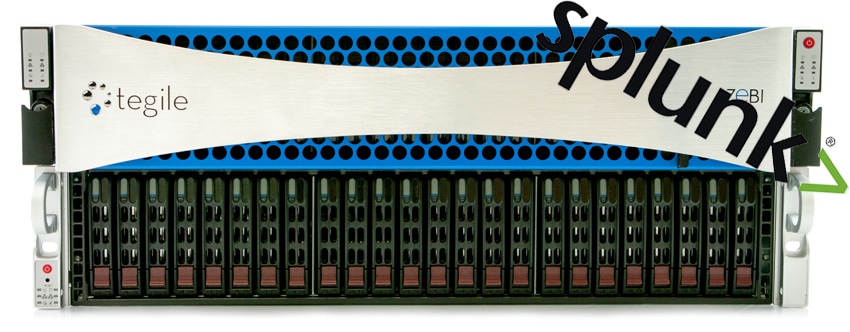![]() Today Tegile Systems announced a partnership with Splunk to run its analytics on Tegile’s IntelliFlash systems. By integrating these two technologies, customers will be able to gain insights from machine-generated data (MGD) and Internet of Things (IoT) data that is running on Tegile’s storage infrastructure. As this data grows, Tegile’s storage will be able to scale along in both capacity and performance.
Today Tegile Systems announced a partnership with Splunk to run its analytics on Tegile’s IntelliFlash systems. By integrating these two technologies, customers will be able to gain insights from machine-generated data (MGD) and Internet of Things (IoT) data that is running on Tegile’s storage infrastructure. As this data grows, Tegile’s storage will be able to scale along in both capacity and performance.
Today Tegile Systems announced a partnership with Splunk to run its analytics on Tegile’s IntelliFlash systems. By integrating these two technologies, customers will be able to gain insights from machine-generated data (MGD) and Internet of Things (IoT) data that is running on Tegile’s storage infrastructure. As this data grows, Tegile’s storage will be able to scale along in both capacity and performance.

Splunk works on a “pipeline” based on Ingest, Search, Index, Query, and Visualize. Since Tegile combines multiple types of storage media in a single volume, this makes IntelliFlash ideal for the use of Splunk. IntelliFlash’s automatic tiering enhances the use of Splunk’s pipeline. This means less hot to warm/cold data bucket movements and less workload overall. To take this one step further, Tegile can reduce query time through Splunk by providing flash-optimized storage and metadata. According to Tegile, they can enable all data bucket rolls to occur within the same array, filesystem and volume, data movement becomes a simple metadata update within the array.
Use cases include:
- Predictive analytics for IT operations: Make sense of syslog or NOC data, especially helpful for CIOs looking to implement predictive analytics for IT operations
- Security information and event management: Centralize and report security-oriented data for a holistic understanding of an organization's IT security
- IoT and real-time business analytics: Monetize raw data generated by customer machine data
Availability
The Splunk solution on Tegile’s systems is available now.
Sign up for the StorageReview newsletter

